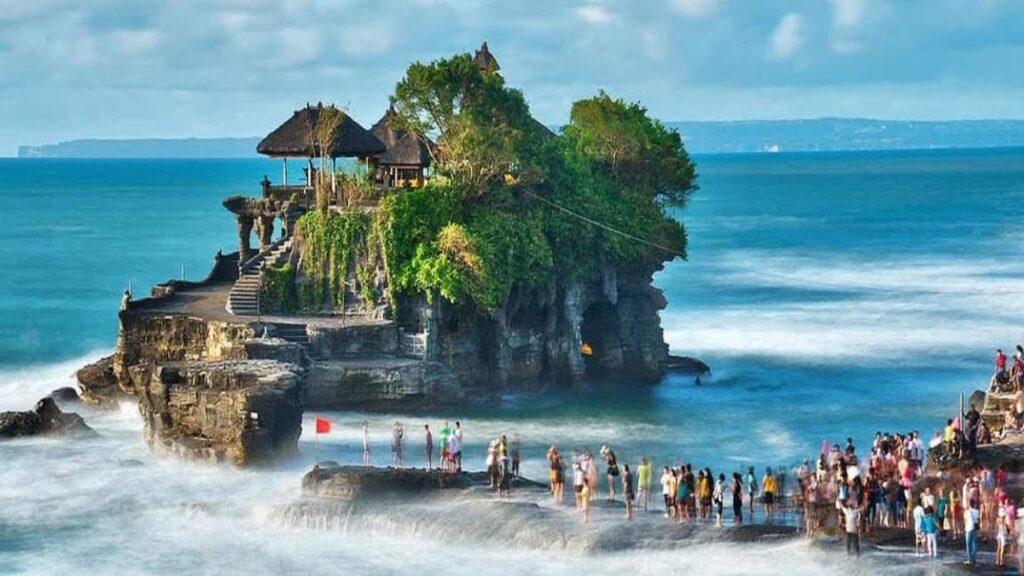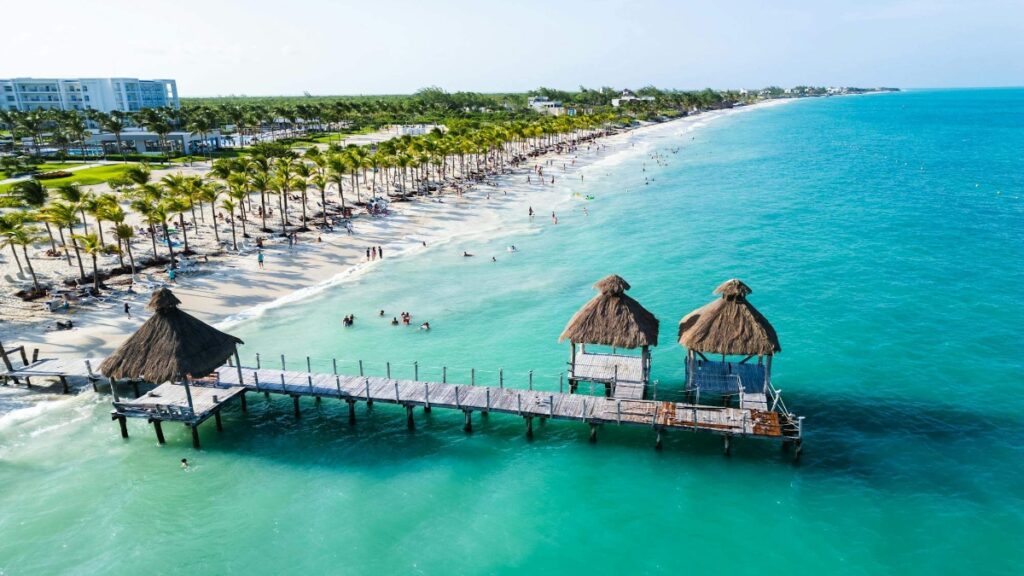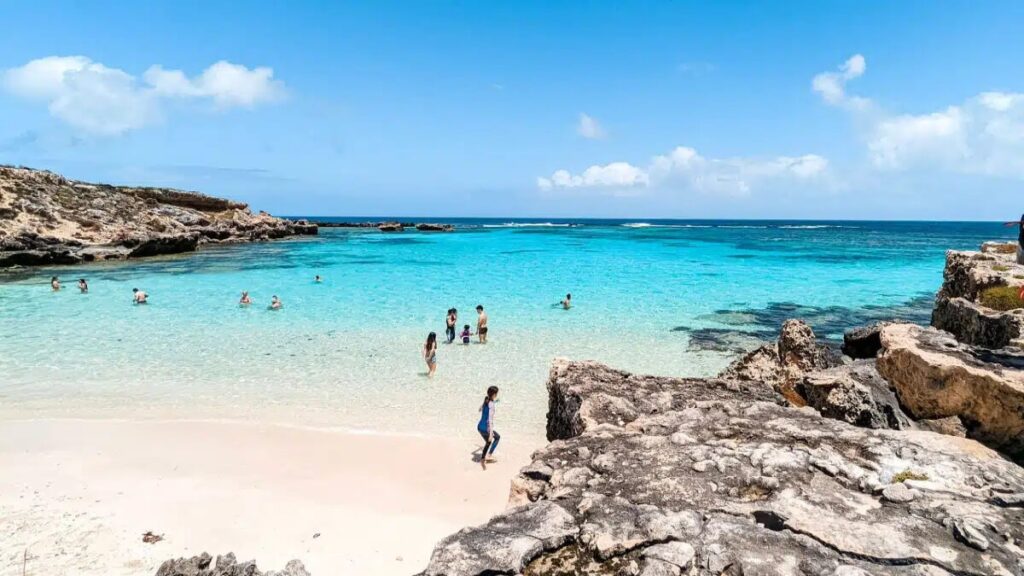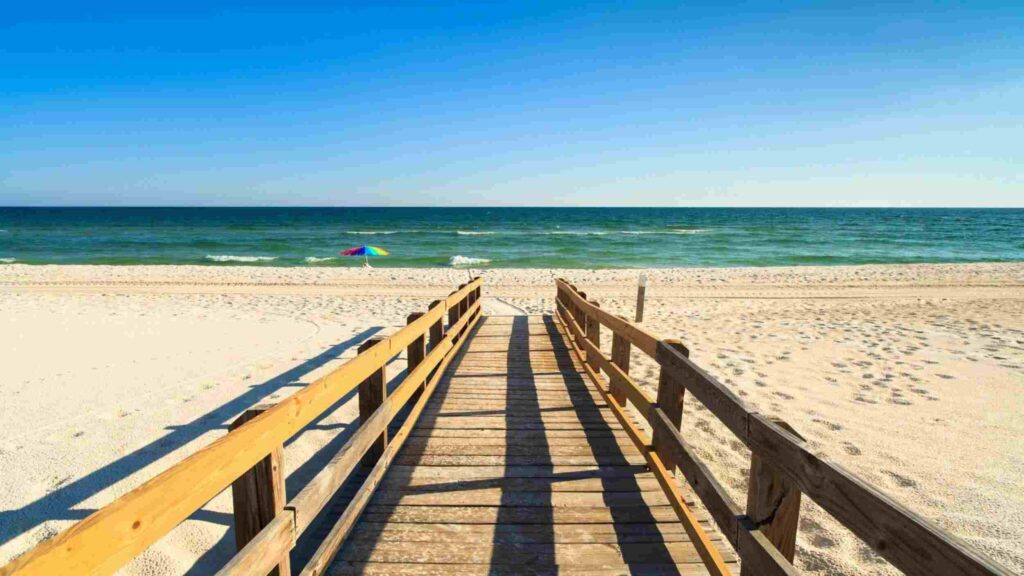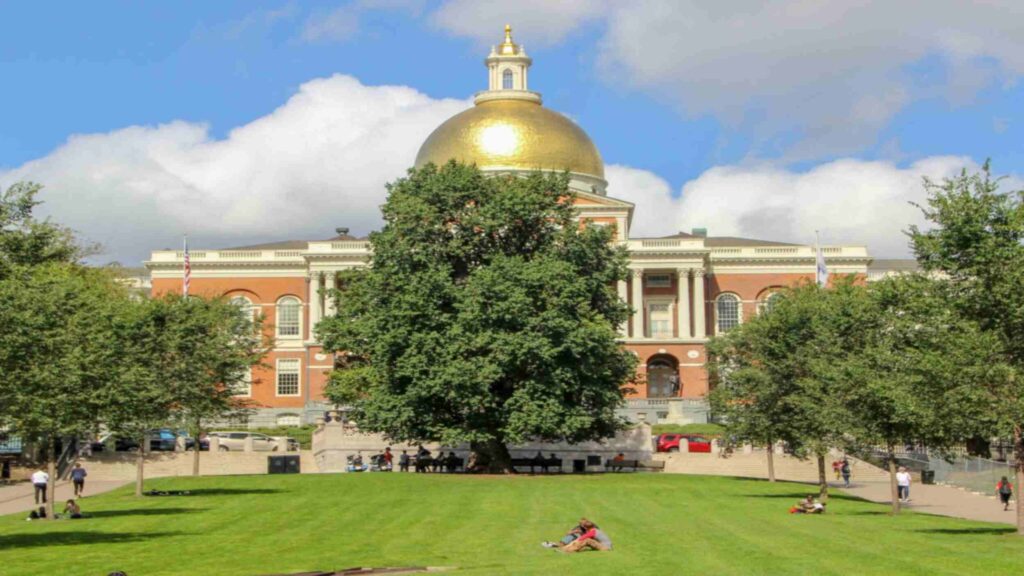
Discovering Kilim Geoforest Park – Langkawi’s natural wonder
My first impression of Kilim Geoforest Park took my breath away. As our boat glided through emerald waters surrounded by ancient limestone formations, I knew this was unlike any other destination in Malaysia. Situated on the northeastern tip of Langkawi, this ecological treasure represents Southeast Asia’s first UNESCO-recognized geopark. Consequently, it offers visitors a unique opportunity to witness mangrove ecosystems in their pristine glory.
I’ve visited this remarkable location three times now, each experience revealing new wonders within the intricate network of waterways and forests. Therefore, I’m excited to share my comprehensive guide to experiencing a Langkawi mangrove tour through this magnificent park. Additionally, you’ll discover what to expect, when to visit, and how to make the most of your journey.
The park spans approximately 100 square kilometers, encompassing mangrove forests, lagoons, and dramatic limestone outcroppings. In fact, these diverse ecosystems support over 200 species of birds, countless marine creatures, and several mammal species. Meanwhile, the park’s commitment to conservation ensures these habitats remain protected for future generations to enjoy.
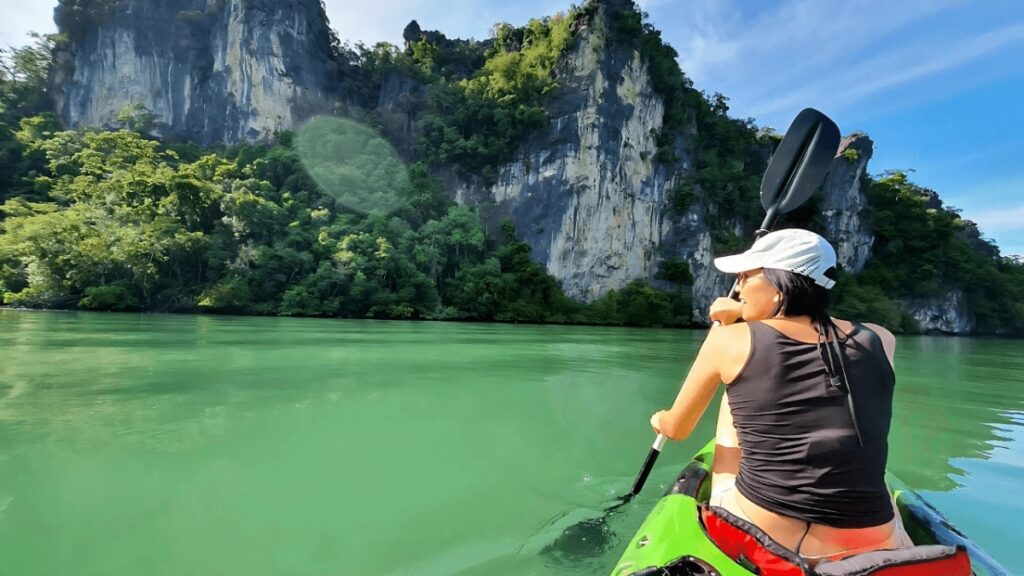
Best Times to Experience A Mangroves Tour in Langkawi
Early morning tours offer the greatest wildlife viewing opportunities. Between 8:00 AM and 10:00 AM, animals are most active, especially the eagles and macaques. Hence, I strongly recommend booking the first departure of the day if possible. Furthermore, morning tours typically encounter fewer other boats, creating a more peaceful experience.
The dry season runs from November through April, presenting ideal conditions for exploring the waterways. During this period, clear skies and calm waters make photography particularly rewarding. Conversely, the monsoon season (May-October) brings heavy rainfall and choppy waters, though the lush greenery during this time has its own special beauty.
Weekday visits are substantially less crowded than weekends. Indeed, I noticed a remarkable difference when I visited on a Tuesday compared to my Sunday excursion. Besides avoiding crowds, weekday tours often move at a more relaxed pace. Nevertheless, the park’s vast size means it rarely feels overwhelmingly busy, even during peak tourist season.
Park Tour Options and Departure Points
Most tours depart from Kilim Jetty, located approximately 30 minutes from Pantai Cenang and 20 minutes from Kuah Town. Upon arrival, you’ll find several tour operators with booths at the jetty. Alternatively, some upscale resorts like The Datai and Four Seasons Langkawi offer private tours departing directly from their beaches.
Standard tours last between 2-4 hours, depending on the package you select. The basic tour covers the key attractions like eagle watching and the bat caves. Meanwhile, extended tours might include lunch at a floating restaurant or additional time for photography. However, custom tours can be arranged if you have specific interests like birdwatching or photography.
Private tours provide the most flexibility and personalized experience. My family opted for this option on our second visit, allowing us to linger at certain spots. Yet, shared tours (6-10 people) offer good value and still provide ample viewing opportunities. Similarly, specialized photography tours cater to those seeking perfect shots of the landscape and wildlife.

Highlights of The Mangrove Ecosystem
The complex network of mangrove roots creates a fascinating natural filtration system. These remarkable trees thrive in brackish water, protecting the coastline from erosion. The coral reefs also work as important baby homes for many types of sea animals. Throughout the tour, your guide will point out different mangrove species and explain their ecological importance.
Limestone formations tower dramatically above the waterways, creating a stunning contrast with the lush greenery. These karst formations, dating back over 500 million years, feature caves, archways, and unique erosion patterns. In particular, the formation locally known as “Elephant Stone” resembles a pachyderm drinking from the river. Subsequently, you’ll encounter several other formations with equally imaginative names.
Wildlife sightings occur frequently throughout the tour. On my visits, I spotted monitor lizards sunning themselves on branches, colorful kingfishers darting among the trees, and curious macaques watching from the shoreline. Notably, the white-bellied sea eagles and brahminy kites are highlights for many visitors. Thus, keeping your camera ready at all times is essential.
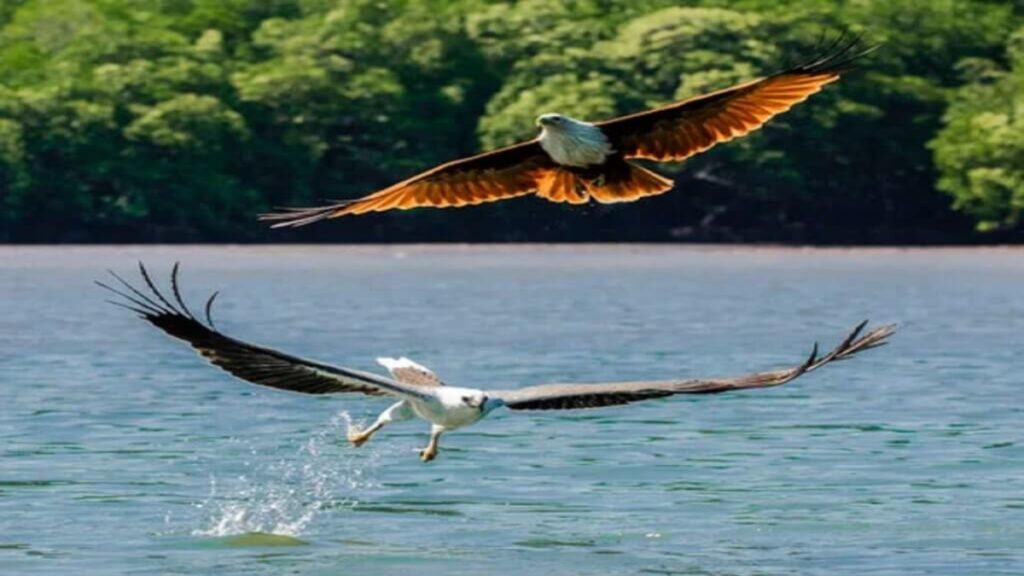
Essential Stops on Your Langkawi Mangrove Tour
Eagle Watching Point at Kilim Geoforest Park
Our boat slowed as we approached a wide section of river where several other vessels had gathered. This area, known locally as Eagle Point, offers spectacular views of raptors diving for food. While waiting, we observed at least 15 eagles circling overhead. Soon, they began swooping down gracefully to snatch fish from the water’s surface.
Many guides traditionally tossed chicken scraps to attract the eagles. However, this practice is increasingly discouraged as it can impact natural feeding behaviors. Fortunately, most reputable operators now rely on natural feeding opportunities. Therefore, the experience feels more authentic and environmentally responsible.
The best photographs come when positioning yourself on the boat’s eastern side. From this vantage point, the morning sun illuminates the eagles perfectly as they dive. Meanwhile, the limestone cliffs in the background create a stunning natural backdrop. Consequently, I recommend bringing a camera with decent zoom capabilities for this portion of the tour.
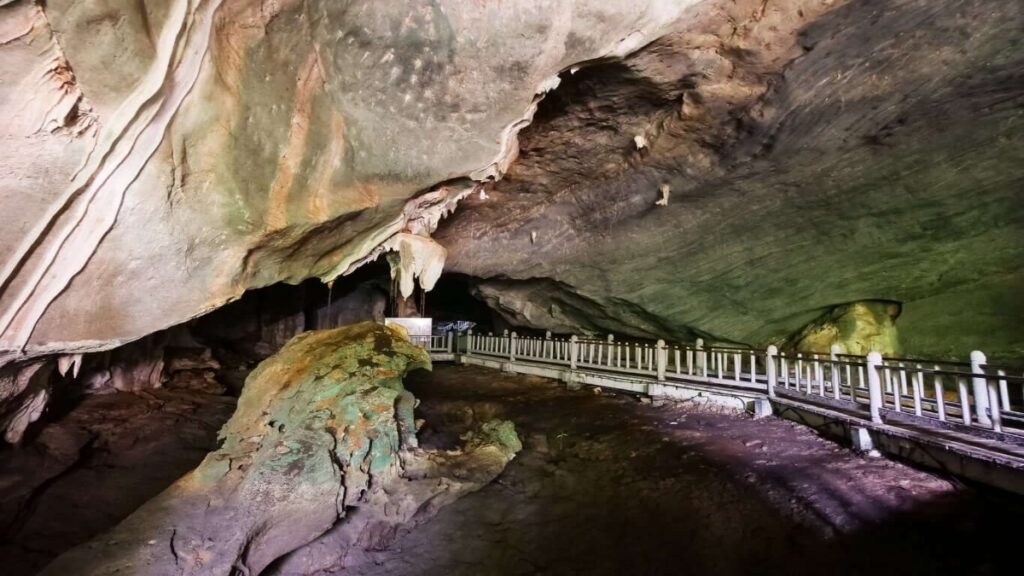
The Bat Cave (Gua Kelawar)
Dark, mysterious passageways welcome visitors to the Bat Cave, one of the park’s most intriguing attractions. After docking, a short boardwalk leads into the cave system where thousands of fruit bats hang from the ceiling. Initially, the darkness makes spotting them challenging, but as your eyes adjust, you’ll see countless furry bodies clustered above.
The cave maintains a constant temperature year-round, providing an ideal habitat for the resident bat colonies. Small entrance fees apply (typically around a few ringgit per person). Additionally, torches are available for rent, though bringing your own headlamp provides more flexibility. However, avoid shining lights directly at the bats to prevent disturbing them.
Walking through quietly allows visitors to hear the soft chirping of the bats. The boardwalk system is well-maintained and suitable for most fitness levels. Meanwhile, informative signs explain the ecological importance of these often-misunderstood mammals. Accordingly, this stop offers both educational value and a touch of adventure.
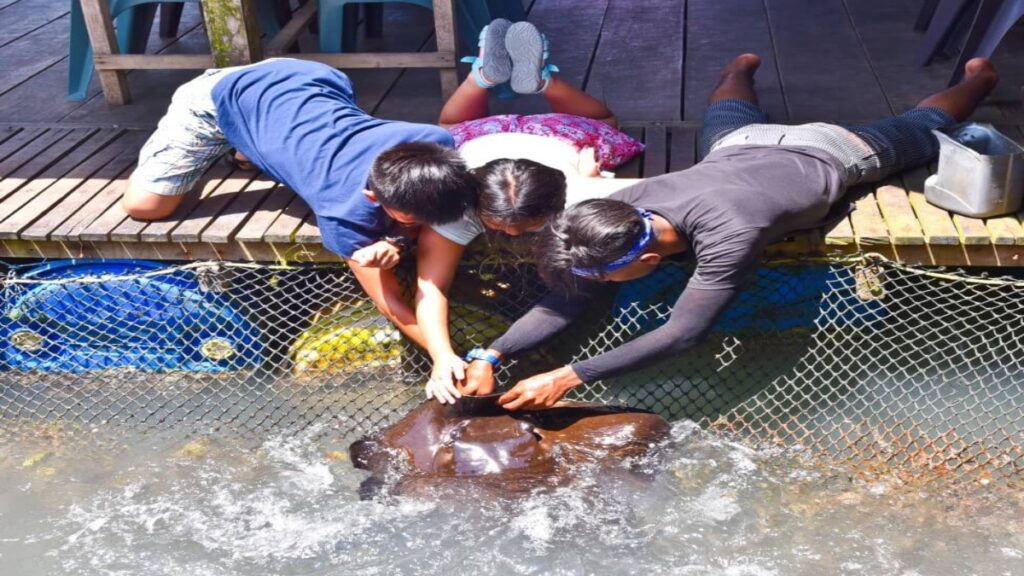
Floating Fish Farm and Restaurant
Our hunger coincided perfectly with our arrival at the floating fish farm. This fascinating stop combines education with culinary delights, offering visitors close encounters with marine life. Then, you can select your meal from the day’s fresh catch if you choose to dine there.
The farm features numerous enclosures holding various local fish species and shellfish. During our tour, we observed grouper, sea bass, mantis shrimp, and horseshoe crabs. Interestingly, some farms allow visitors to feed the fish or touch certain species like rays (under supervision). In essence, it’s like a living aquarium where you learn about local marine life.
The attached restaurant, known as Floating Fish Farm Restaurant, serves incredibly fresh seafood dishes prepared in traditional Malaysian styles. We enjoyed butter garlic prawns and steamed fish with ginger. Besides seafood, they offer chicken dishes and vegetarian options for those with dietary restrictions. Yet, what makes dining here special is the unparalleled view of the mangroves while you eat.
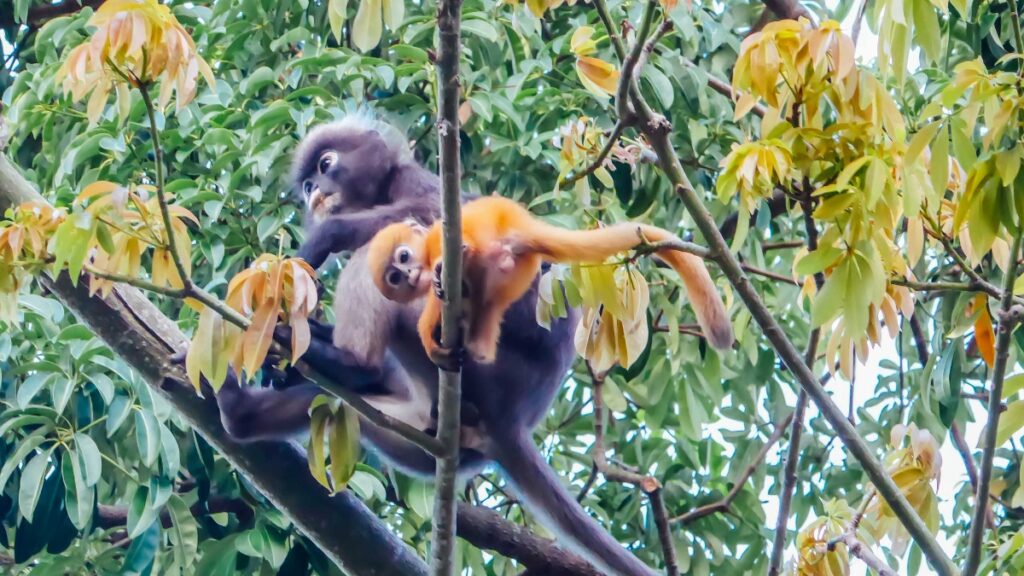
Wildlife Encounters in Kilim Geoforest Park
Macaque Monkeys
Long-tailed macaques inhabit the mangrove forests in large family groups. You can watch these smart monkeys have fun, clean each other, and look for food along the beach.Nevertheless, they can be opportunistic around food, so following your guide’s instructions regarding personal belongings is important.
The monkeys display remarkable adaptations to their environment, including swimming abilities rare among primates. During our second visit, we witnessed a young macaque diving into the water to retrieve a fallen fruit. After that impressive demonstration, it rejoined its family on a low-hanging branch. Consequently, these encounters provide valuable insights into primate behavior.
Most boat captains know the best locations for macaque spotting. These typically include areas with fruit trees near the water’s edge. Hence, having binoculars handy enhances the viewing experience. Moreover, maintaining a respectful distance ensures natural behaviors continue undisturbed.
Kilim Geoforest Park Marine Life and Bird Species
Diverse bird species make Kilim Geoforest Park a birdwatcher’s paradise. Beyond the famous eagles, you might spot little herons, kingfishers, and white-bellied sea eagles. Indeed, I counted over 20 different bird species during my last visit. Particularly in early morning hours, the forests come alive with their calls and activities.
The underwater ecosystem supports an equally impressive array of marine life. Through clear patches of water, we glimpsed schools of archerfish, mudskippers on exposed roots, and blue-spotted rays in sandy areas. Certainly, this rich biodiversity demonstrates the critical importance of mangrove ecosystems as nurseries for countless species.
Serious birdwatchers should consider specialized tours with guides knowledgeable about local avifauna. These tours often include stops at prime birdwatching locations not visited on standard excursions. Similarly, photography enthusiasts might prefer tours timed to coincide with optimal lighting conditions for wildlife photography.
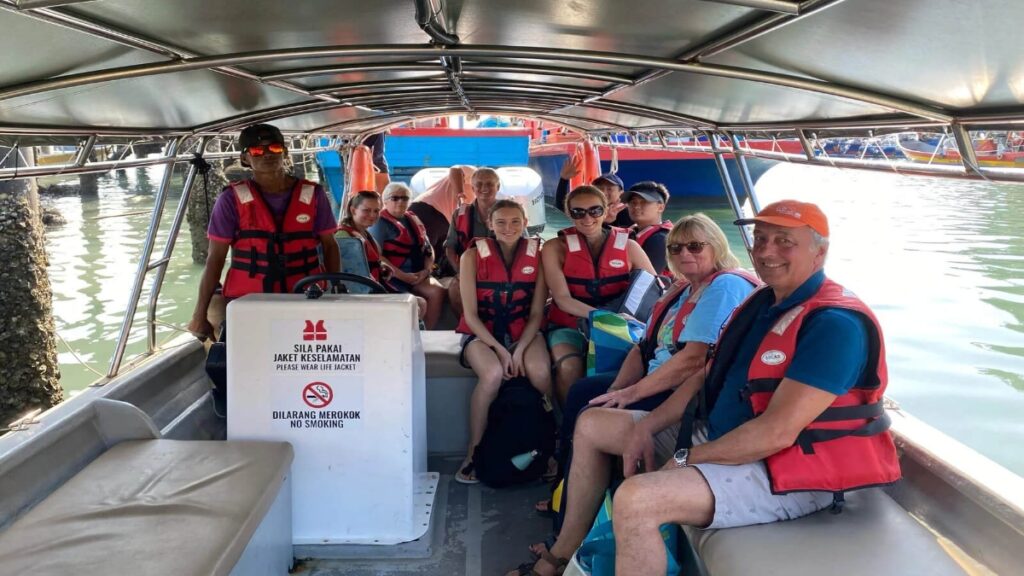
Tips For An Exceptional Kilim Geoforest Park Experience
I strongly recommend wearing comfortable, quick-drying clothes for your tour. The humidity within the mangroves can be quite high, and occasional water spray from the boat is common. Moreover, closed-toe water shoes provide better stability when boarding and disembarking at various stops.
Sun protection remains essential despite the shade from mangrove canopies. Wide-brimmed hats, high-SPF sunscreen, and sunglasses protect against both direct and reflected sunlight from the water. Additionally, insect repellent is advisable, particularly during dawn and dusk tours when mosquitoes are more active.
Photography enthusiasts should bring polarizing filters to reduce water glare and enhance colors. A zoom lens (at least 200mm) helps capture wildlife without disturbance. However, waterproof cases or bags protect equipment from splashes and humidity. Likewise, extra batteries and memory cards ensure you won’t miss perfect moments due to technical limitations.
Conservation Efforts and Sustainable Tourism
The UNESCO designation brings both recognition and responsibility to Kilim Geoforest Park. Local authorities implement various conservation initiatives, including replanting damaged mangrove areas and restricting visitor numbers during sensitive periods. Furthermore, educational programs raise awareness about the ecosystem’s importance among visitors and local communities.
Tour guides who care about nature follow strong rules about how to act around wild animals and what to do with trash. When booking, look for operators displaying eco-certification or those affiliated with conservation organizations. Notably, these companies typically employ well-trained guides with deeper knowledge about the ecosystem.
Visitors can contribute to conservation efforts by following designated paths, avoiding wildlife disturbance, and properly disposing of waste. During my visits, I was impressed by the emphasis placed on leaving no trace. Consequently, these collective efforts help preserve this natural treasure for future generations to enjoy.
Final Thoughts on Exploring The Park
My lasting impression of Kilim Geoforest Park is one of remarkable biodiversity and natural beauty. Few places offer such accessible yet pristine encounters with mangrove ecosystems. Indeed, this experience ranks among my top recommendations for visitors to Langkawi, regardless of age or interests.
The perfect combination of adventure, education, and natural beauty makes this excursion worthwhile. From the majesty of limestone formations to the delicate balance of the mangrove ecosystem, every aspect tells a story of natural wonder. Consequently, I believe no visit to Langkawi is complete without experiencing this ecological treasure.
I suggest you save at least half a day for this fun trip.Take your time, ask questions, and immerse yourself fully in this unique environment. After all, the memories and photographs you’ll capture will become treasured souvenirs of your Malaysian journey.

